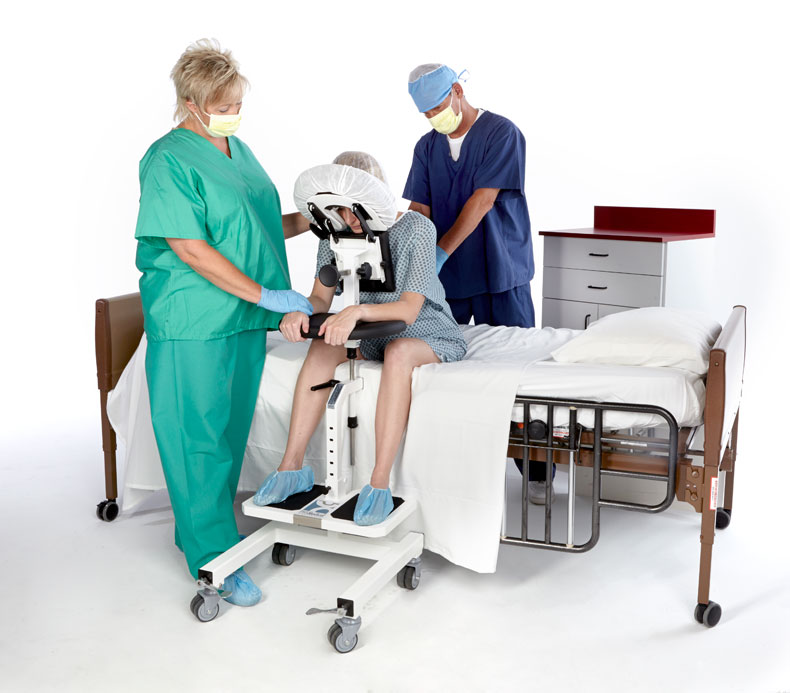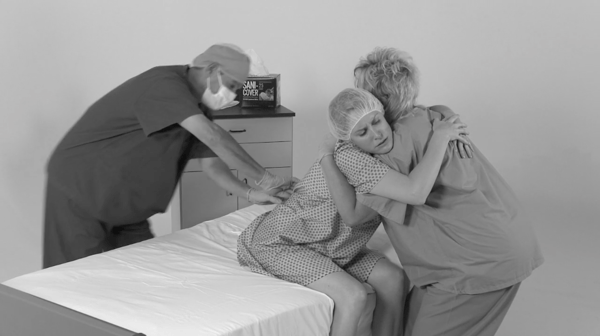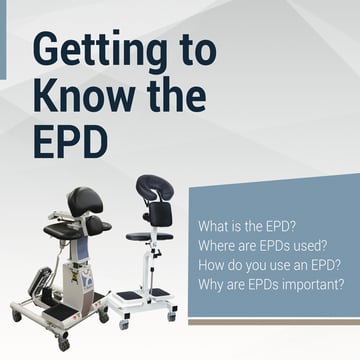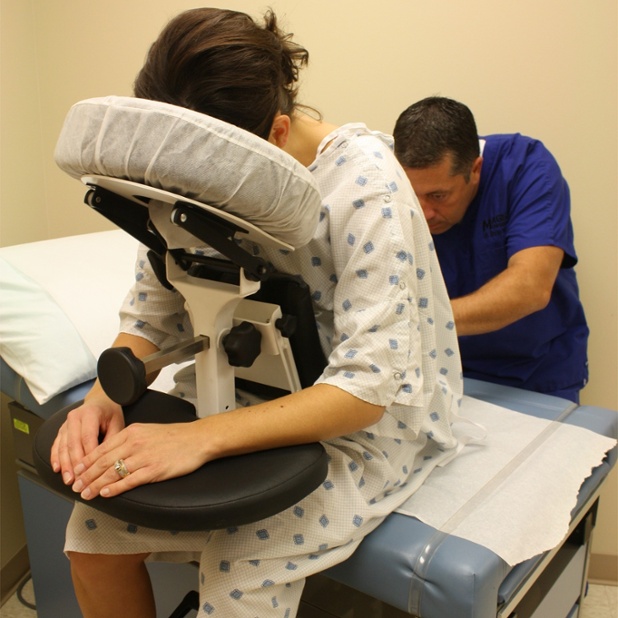Curated from the article "Hospitals say efforts improving to prevent nurses injuries" on August 30, 2015 by Michele Munz. Read the original article here.
As the coronavirus (COVID-19) continues to spread, health care providers are already widely affected, and the pandemic will continue to disproportionately affect them. Evidence from past epidemics suggests that clinical workers are at much higher risk than the general population of being infected. The people that comprise our best defense to contain and mitigate this epidemic also face the highest risk of becoming infected themselves. To date, dozens of frontline caregivers in the United States have been exposed.
This puts a whole new perspective on manual patient handling as it relates to patient and staff safety, including staff behavior and distancing. Manual patient handling puts nursing staff at risk of musculoskeletal injuries and can lead to greater exposure to COVID-19. In the peri-operative areas of operating rooms, labor and delivery, outpatient surgery and throughout the hospital staff are holding patients in position during epidural and spinal block placements. Close physical contact with patients can increase the spread of the coronavirus, and unnecessary contact should be avoided to prevent both injury and illness.
|
|
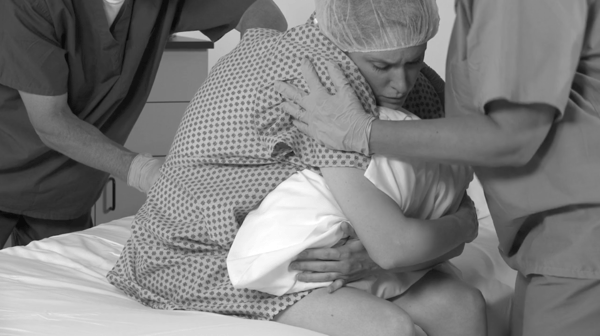 |
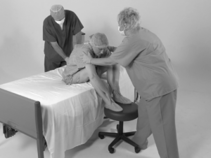 |
Protecting Our Caregivers
According to Bureau of Labor Statistics, workers in hospitals suffer injuries and illness at nearly twice the national average rate. Nursing assistants suffered more overexertion injuries than any other occupation — at a rate six times higher than the average — and nurses ranked fifth.
“Workers who take care of us when we are sick or hurt should not be at such high risk for injuries or sickness — that simply is not right” stated Dr. David Michaels, assistant secretary of labor for the Occupational Health and Safety Administration (OSHA). “It’s time for hospitals and the health care industry make the changes necessary to protect their workers.”
After the pandemic slows, the country will need to double down on long-term investments in the country’s public health infrastructure and infectious disease workforce. In the interim, our frontline health care workforce is among our most precious assets in this fight. We cannot protect the public without protecting our caregivers.
Preventing Injury & Illness with the EPD
How can we help? The Epidural Positioning Device was developed to reduce the risk of injuries and improve safety among staff and patients by creating ideal patient positioning for needle placement during epidural procedures and other central anesthetic techniques.
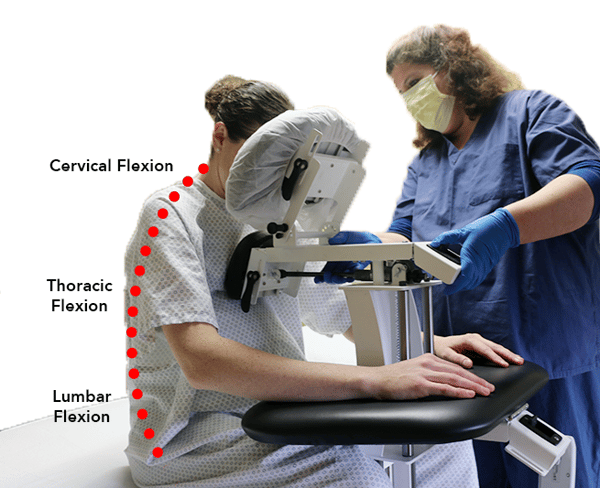
Photo by PHS Medical |
Suggested for use in labor and delivery suites, operating rooms, pain management centers and outpatient surgical centers, the epidural positioning device offers assistance with proper positioning for cervical, thoracic, and lumbar flexion while maintaining a solid and stable position, effectively reducing patient risk while increasing safety. EPD's are a perfect choice for positioning patients for thoracentesis, obstetrics and obese patients.
PHS Medical offers two versions of the Epidural Positioning Device including a manual and an electric option. Both offer a weight capacity of 600 pounds to accommodate a variety of body sizes and weights. A key difference is the manual version features a spring plunger that allows the operator to manually adjust the positioning for the midsection with a separate locking clamp for the foot rest. The electric version uses an electronic controller to adjust the midsection and foot rest for each patient. In addition, the electric version also has a more easily adjustable face rest, a smaller chest support piece allowing more space for the abdomen, and a solid section arm rest that flips up for easy cleaning.
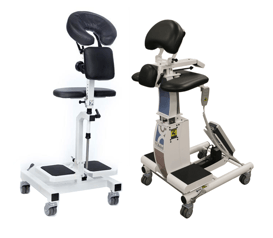 Manual and Electric Epidural Positioning Devices
Manual and Electric Epidural Positioning Devices
Photo by PHS Medical
A successful safe patient handling and mobility program requires buy-in, effective equipment, and guidance on the appropriate solutions to enhance patient mobility and staff safety. Best practices will be key success factors in the long run. All it takes is one improper lift to change a nurse’s life. One fast-paced decision has the potential to end a nursing career, and we need our nurses.
